Lyndsey Stoodley awarded the 2017 Annual CMRG Postgraduate Researcher Presentation prize at the RGS-IBG Annual Conference with her talk titled:
“Challenging the placelessness of the sea: Identifications with the water world”.
Research Summary
Well I really didn’t expect to be asked to write this summary! This was my first time attending the RGS IBG annual conference and I was very impressed by the quality of presentations at the CMRG sessions. I’m excited to be part of such a varied and active group, and look forward to following the research as it progresses, and at the 2018 conference, which will be held in my hometown of Cardiff.
I am coming into my second year as a PhD student at Cardiff University’s School of Geography and Planning, where I am working on a project entitled: The World Surfing Reserves Phenomenon: Evaluating protection and practise in the littoral zone. Supervised by Professor Jon Anderson, I am aiming to bring together literatures on surfing, social movements and protected spaces, to chart the evolution of surf culture as an environmental movement. From the stereotypes borne out of 1950s and 60s popular and sub cultural media of the hedonistic maverick, the beach bum and slacker, to the activists who now appear to be making waves in political arenas, as well as riding them in the ocean, the various tenets of my research are already turning up some very interesting findings.
The concept of a World Surfing Reserve arose from Australian initiative ‘National Surfing Reserves’, and has been since been carried forward on a global level by California based NGO Save the Waves. Seeking to recognise and protect sites of special surfing significance, local surf communities nominate their area to compete for the title, with, in general, one new WSR designated each year. The decision of which area will be next is made by an executive committee and is based on a criterion made up of 1) Quality and Consistency of the wave(s) 2) Environmental Characteristics 3) Culture and Surf history and 4) Capacity and local support.
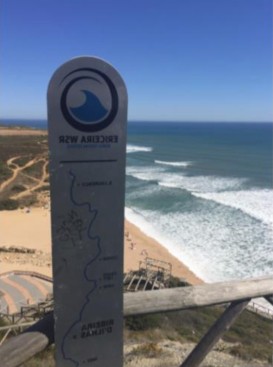
I have been fortunate now to be able to visit 5 of these reserves and have been struck by how varied they are in regard to all 4 criteria. It should not have been surprising really. I have surfed for many years, and every single time I enter the water it is different. The amount of potential variables; swell and wind strength and direction, tidal phases, sand movement, temperature, currents and so on, mean that no two surfing engagements can ever be the same. As a kayaker, Professor Anderson is also attuned to these differences in the sea or on rivers or lakes and questioned why we fail to integrate any sophistication into the way we talk about these spaces. Herein lies the basis for the paper I presented on our behalf at this year’s conference.
Entitled “Challenging the Placelessness of the Sea: identifications with the water world”, we attempted to identify the capacities and agency of water in a way that would allow us to define water worlds as more than simply other to the terrestrial. To “unlock” geography from the land and become more sensitive to the available variances by distinguishing these bodies of water in terms of their elemental constitution, the nature of the body of water, its site specific location, and the nature of its mobility.
Though the order of these points bears no correlation to their essential importance in practice and they are all interlinked in many respects, the first point addressed is elemental constitution. In its simplest form, this takes into consideration the media of the water itself. Acknowledging first that it is water, as opposed to land, or air, we can then look more closely at its molecular composition; is it fresh water, or salt water, ice, fluid or steam? What levels of acidity, salinity or even radioactivity can be measured? The second element, the nature of the body of water seeks to identify if it is a lake, river or sea? Is it wholly natural, a manmade lake or pool, or natural with human influence, as in the case of sea defences such as groynes creating natural looking waves for example.
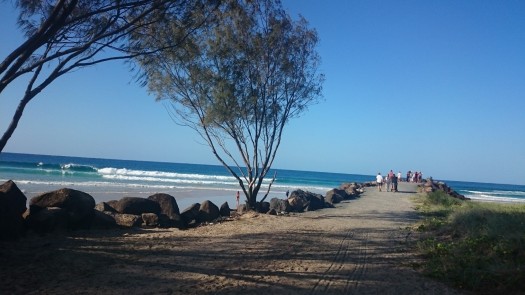
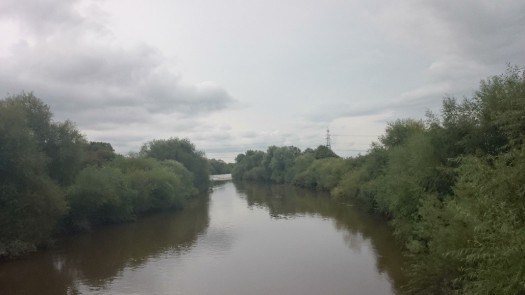
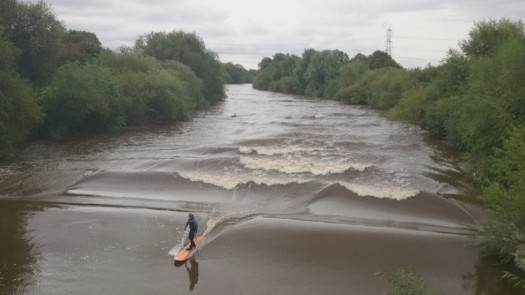
This research is ongoing and one very positive aspect of presenting this work at the CMRG session was the feedback and questioning that followed my presentation. When asked about the omission of flora and fauna I realised that this too was something that should be included. I am writing this summary from Baja California, where I am looking out to sea as I wait for a predicted swell to arrive on the coast and bring it to life. The spot in front of me is full of kelp, creating an underwater forest that appears to be teeming with life. In seeing at this, and reflecting on a surf last week in San Diego where a relatively close encounter with a seal induced a split second “yikes it’s a shark” type panic, I can now appreciate again the importance of this factor in influencing how we experience different watery worlds. Similarly, this point resonates at the other end of the surfing spaces spectrum, in the sterile environment of an artificial wave pool. Knowing that you’re not going to see any fish, birds or even dolphins and migrating whales (as the surfers here in Baja are often lucky enough to catch a glimpse of) is certainly something that changes the nature of the human-water encounter in these surfing spaces.
I am grateful therefore for the input of the group, and of the supportive environment that made my first RGS conference a positive experience. I am now looking forward to building on this work, and on some other projects surrounding surfing spaces as I continue with my studies. If you’re interested in this research, I write about it on my blog which can be accessed at www.syrffio.com , and Professor Anderson’s website is http://www.spatialmanifesto.com/.
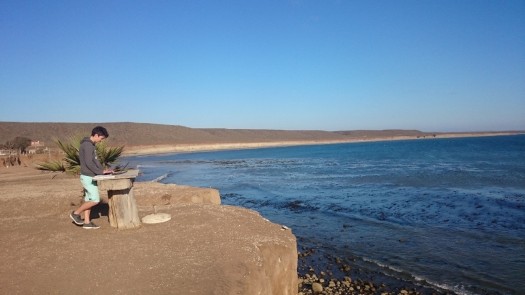


One Reply to “”